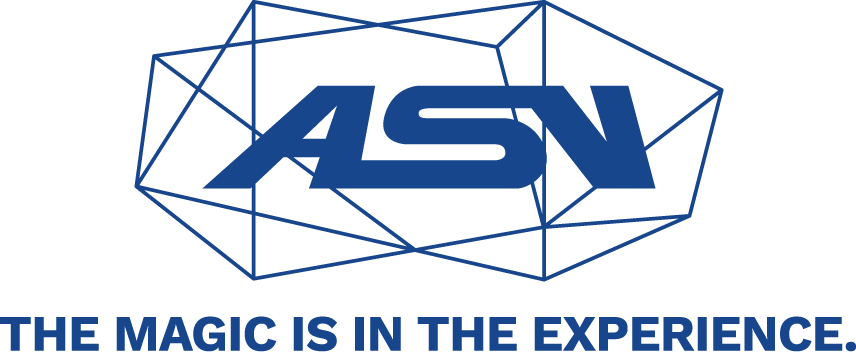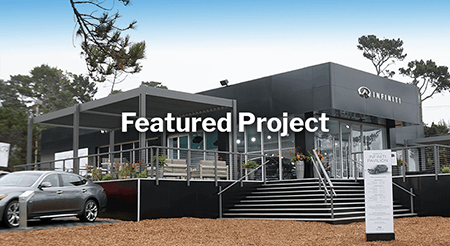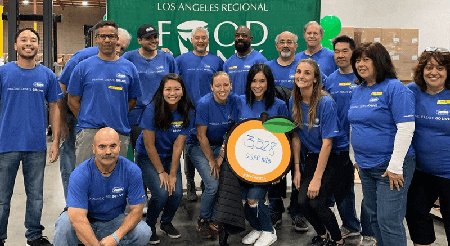Dipping a toe in the experiential waters can be exciting. Few initiatives come close to matching the immersive feel of an experiential marketing campaign, but there's one component that can negate that enthusiasm and personal feel: logistics.
Just look at how logistics affect an event's momentum. At times, design prep gets well behind schedule and causes delays in both delivery and installation. Other times, approvals waylay the process, and you're left with a short turnaround. Suddenly, your team finds itself in firefighter mode where every task becomes urgent and it is key that your actions are methodical and swift at the same time.Which is to say that logistics is often uncelebrated despite it being the most crucial part of an experiential campaign. From creative messaging, Instagrammable displays, and branded merch to routing schedules, staff uniforms, and city permits, logistics ensures every box is checked — and double-checked — before the actual event.
This isn’t to say other elements aren’t important. But details still don't rival to logistics. Without detailed coordination of the impending operation, the outcome of an experiential marketing campaign becomes enigmatic.

The Organization of Orchestration
All too often, logistics takes a backseat to other experiential variables. Concepting, for example, requires a great amount of time to account for factors such as exhibition design and environmental graphics. Both elements are critical to illustrating the space, delivering your message, and creating the overall brand experience.
Layout is one of the last logistical items to get approval. However, waiting too long to approve it can leave teams little time to troubleshoot any last-minute problems or rehearse in the space. And any delays caused by layout breakdowns can take an experiential campaign off schedule and not leave enough budget to pay your staff or any other operating costs.
Staffing and layout are two more experiential marketing logistics that can’t be taken for granted. A space’s layout should spark engagement and allow guests to participate and interact with all the booths and displays a campaign offers. In turn, a campaign’s setup should allow your staff to move around freely and facilitate that engagement. In other words, proper logistics help visitors feel the full and intended effect of an experiential marketing campaign.
Staying On Track
Experiential logistics can be complex and contain a lot of moving pieces. But proper planning is a key component of a program’s success. Here are three ways to optimize your experiential logistics and help your campaign realize its potential:
- Draw up a work-back. Underestimating the importance of experiential scheduling leaves your campaign scrambling, something no memorable brand experience wants to do. It’s for this reason that you should work backward when building your event's schedule.
Start with the most critical hours (i.e., installation, delivery, production, etc.) and build out from these deadlines. This injects a sense of urgency into all tasks, as you’ve already identified the zero hour for each subsequent stage. For best results, pull together a work-back schedule during the ideation phase of a campaign. You’re already discussing deliverables, so why not coordinate them at the same time?
- Get full buy-in. You know what they say about plans: Those that are best laid often go awry. After you plot out each phase of a campaign, you’ll obviously want all parties to agree on the schedule. But you’ll also want team members to take ownership of each action item so no questions of accountability linger.
The project manager will always be on hand to oversee operations, but one person does not a team make. As you build the schedule, confirm who will be in charge of any given task and make sure the entire team is aware. Setting and communicating expectations can make or break an event. - Build a loop. Not that you want to micromanage an experiential campaign, but everyone should be in-the-know of approaching deadlines. Keep all employees in the loop by designating a “scrum master” to hold daily check-ins where progress can be monitored. Use these sessions to ensure everything is on task, and remove any roadblocks that may be stalling momentum.
While what goes into an experiential marketing campaign will vary by brand, the logistics of pulling the event together are often the same. Start planning as early as possible, and make sure you have enough time should something go wrong.
Sometimes, an experiential campaign will be the first interaction someone has with your brand. Leave nothing to chance.






